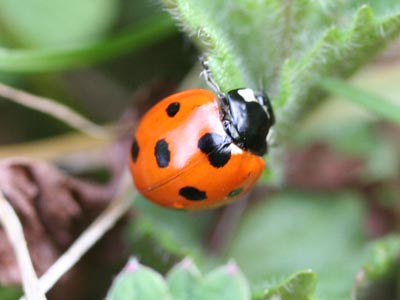Normal service has been resumed after wonderful weather in March, and I have been sitting (no, standing!) glowering at the rain for the last few days. I spotted a short burst of sun, so I rushed off to the most likely spot for a few moments.
The patches of Celandines are all fully open in the middle of the day, so the insects were making the use of the gap in the weather, too. The following shots of hoverflies illustrate some of the difficulties we have in making accurate identifications.
This is a male (eyes meet in the middle) Melanostoma species:
 |
| Male Melanostoma mellinum on Celandine |
The (relatively) short abdomen leads me to
Melanostoma mellinum, because the alternative, which is
Melanostoma scalare, has a much longer abdomen in the male.
Notice the very slender front feet.
Next we have a male Platychierus sp. (notice that the front feet are much wider and longer than those of the Melanostoma). The legs also appear to be more robust than those of the Melanostoma.
 |
Male Platychierus sp.
|
If I was a gambler, I'd say
Platychierus albimanus, but I'd like a look at the abdominal stripes before committing.
The next is quite a different beast altogether. It's a female (eyes don't meet in the middle) Cheilosia sp. Cheilosias are darker, chunkier and larger than the two previous families, and although it's difficult to detect from this shot, the wings have a bronze tint to them. Other shots leave me quite convinced that it's Cheilosia albitarsis, and the size is ok for that, too.
 |
| Female Cheilosia sp. |
This male Eristalis pertinax was basking on a Buttercup leaf:
 |
| Male Eristalis pertinax |
Given the absolutely pristine condition (clean feet, shiny wings, clean hair, no pollen), and the fact that the wings look a very little on the small side, I'd say this had just emerged and the wings still have to finish inflating.
And this is also an emerging specimen: the first Common Carder Bumblebee -
Bombus pascuorum - of the year. This has to be a queen, although these are much smaller than the queens of the darker bumblebees that we have around here.
 |
| Emerging Bombus pascuorum queen |
This 7-spot Ladybird was running around leaves and flowerheads looking for aphids. Given the speed of the chase, this was a very difficult shot. No time for basking in this case:
 |
| 7-spot Ladybird |
It's really full speed ahead on all fronts at the moment. This Common Dog Violet - Viola canina - is also just opening: the petals still have to rotate to their final positions.
 |
| Viola canina |
I've included a side shot to show the pale, notched, spur that identifies this species:
Hartstongue fern is usually the first to unravel. I have 15 or 16 different species of ferns on this stretch, so we should be able to follow the sequence of these as they open up:
Not bad for about 10 -15 minutes.
























































